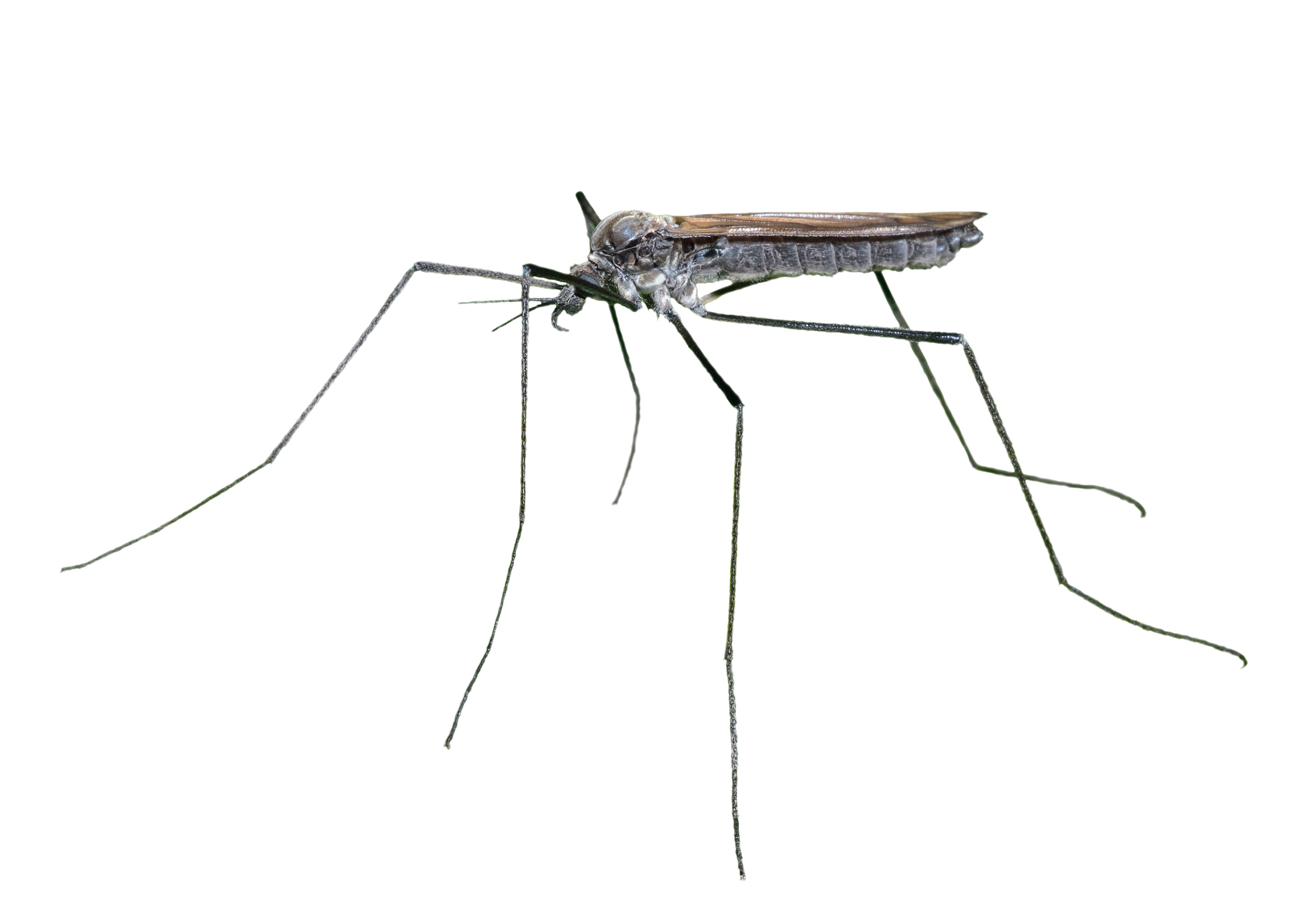
TURN off the lights, close the windows, it is going to be a bumper year for Jenny longlegs.
Hordes of Jennys, or daddy longlegs, or, more properly, crane flies are about to take off across Scotland after scientists discovered hundreds of millions of the grubs.
Experts at Scotland’s Rural College (SRUC) found leatherjackets, the larvae of the crane fly, waiting to hatch.
Previously, farmers have been able to use pesticides but they are now banned, meaning real concern not only for people scared of the flying insects, but also farmers with crops in the ground.
On average, a million grubs live in each hectare of land surveyed by SRUC. In gardens, the leatherjackets are a risk to lawns as they like nothing better than eating the roots of grass.
In the coming weeks they will hatch, with millions of the insects expected in June and July.
Davy McCracken, professor of agricultural ecology at SRUC, who co-authored the study said of the millions of grubs, “90% will end up as crane flies”.
Although not harmful to humans, Prof McCracken concedes many are scared of the insects. He said: “It is partly their size and partly the way they fly – they are just hanging there, drifting around with their legs dangling.
“They will be trying to come to the lights and getting in through a window. A lot of people have a phobia but they are completely harmless.”
A wet autumn meant the larvae did not dry out – the main natural reason they die off.
Prof McCracken said climate change in the last 20 years had seen the average yearly number of leatherjackets double because of wetter weather in Scotland.
Pesticides had been able to kill many of them off but three years ago, products containing chlorpyrifos were banned, meaning there is no longer an effective way of killing leatherjackets chemically.
And with no other way of ridding the ground of the grubs it means they are able to thrive on the roots of spring crops, or grass.
Farmers were now “very worried”, Prof McCracken said, as they waited to see how much impact, particularly on cereal crops there would be.
Dr Mark Salter of the Royal College of Psychiatrists said “specific phobias” such as those of daddy longlegs or other flying insects are an evolutionary condition, “a throwback to our earlier life”.
He said: “Inside your brain there are whole chunks of DNA sequence tucked away that equip you to make a quick decision when confronted by something harmful to you.
“It can be dogs, heights or it can be ancient things that posed a threat to our ancient ancestors. Those things are sitting in our genes and seem to predispose us in this modern day and age to an intense reaction, for reasons we don’t fully understand. It may be due to previous exposure to the sight of insects, or a terrifying film about insects.”

Enjoy the convenience of having The Sunday Post delivered as a digital ePaper straight to your smartphone, tablet or computer.
Subscribe for only £5.49 a month and enjoy all the benefits of the printed paper as a digital replica.
Subscribe